Zoom H4 Essential Handy 4 Track Recorder
€193.00
With four tracks, 32-bit float recording, advanced X/Y mics and 2 XLR/TRS inputs, creators have more ways to record their music, podcasts, and audio-for-video.
29 in stock
Four Tracks. More Options.
With four tracks, 32-bit float recording, advanced X/Y mics and 2 XLR/TRS inputs, creators have more ways to record their music, podcasts, and audio-for-video.
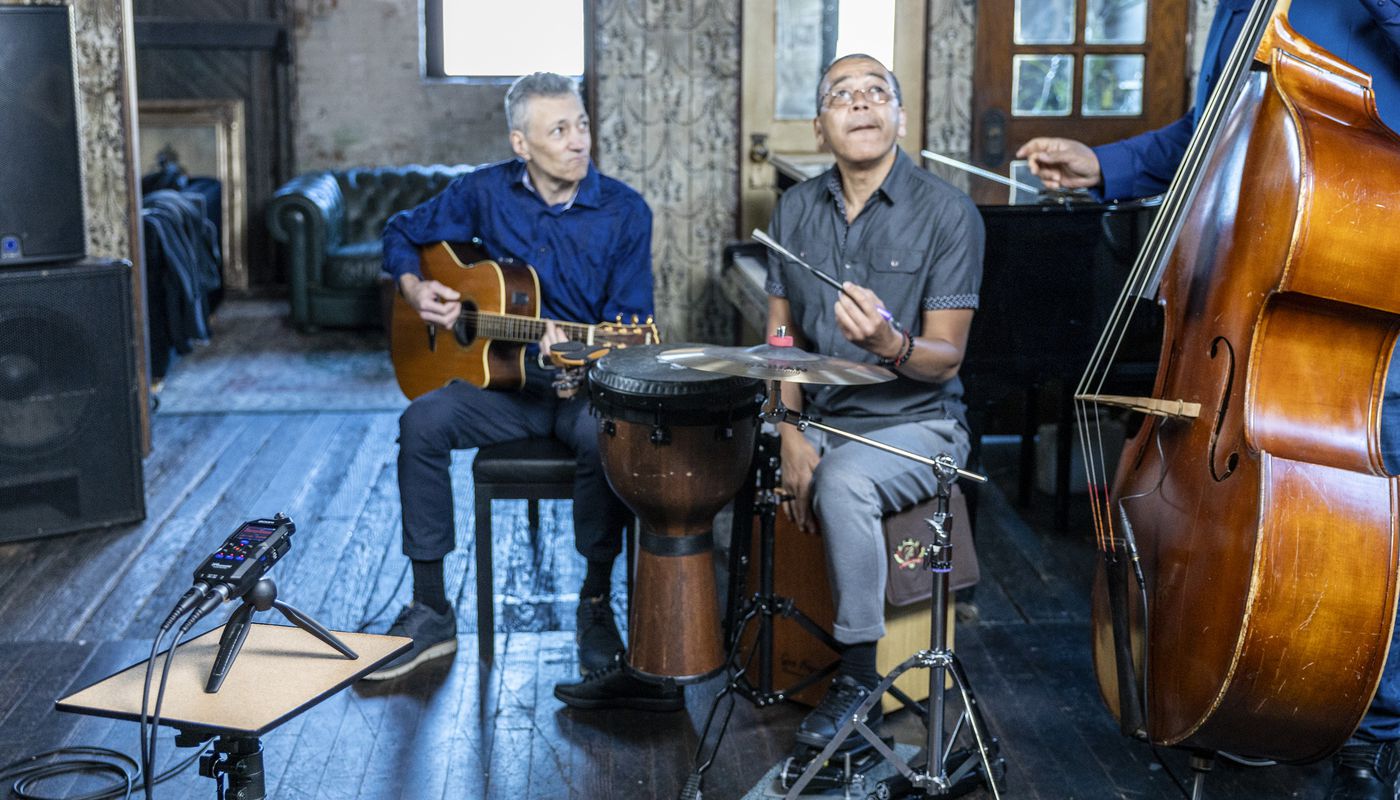
Features and Specs
- 4-track 32-bit float recorder with Dual A/D Converters
- Clip-free recording with no need to set gain
- Records up to 96kHZ sample rate
- Color LCD Screen
- 130 dB SPL XY Mic
- 2 XLR/TRS combo inputs with locking connector
- 3.5mm mic/line input for lavalier mics and line level sources
- Built-in mixer to adjust each track’s audio level
- Built-in speaker for quick reference playback
- 3.5mm line output for headphones or to connect to a camera
- Voice Guidance accessibility for the visually impaired
- 32-Bit Float audio interface for PC, Mac, iOS, and Android devices via USB-C port
- Use as an interface and record to SD card simultaneously
- Using the BTA-1* Bluetooth Adapter, sync with wireless timecode devices via bluetooth
- Use the BTA-1* Bluetooth Adapter to pair with the H4essential Control App for iOS
- Record to SD cads up to 1TB
- 10 hours of battery life on AA battery (2x) or USB-C Bus Power
*Please note: BTA-1 Adapter not included
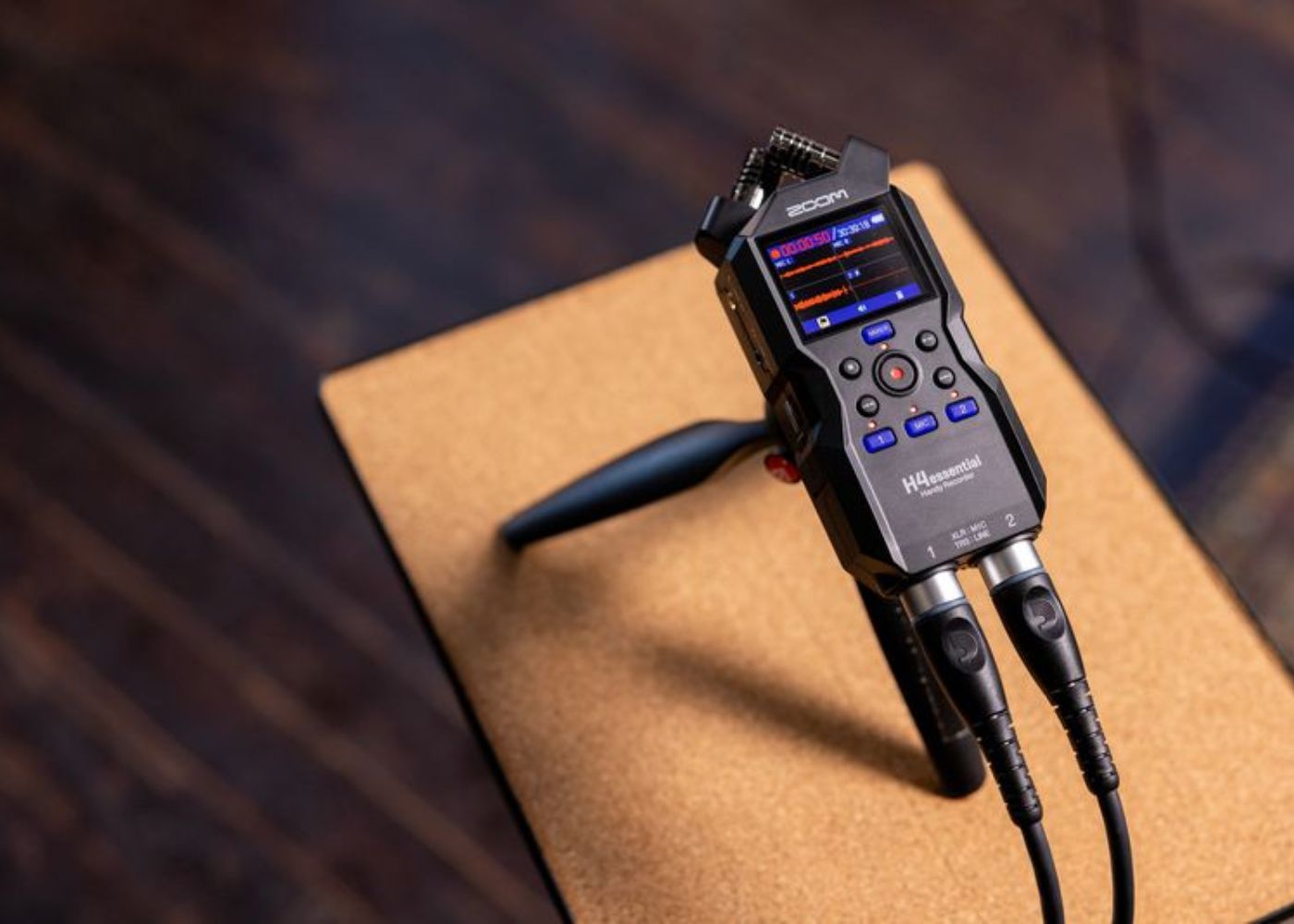
More Dynamic Range
With 32-bit float recording, you never have to adjust levels. The H4essential captures every nuance of your sound ensuring high-quality, clip-free audio in every take.
The First Handy Recorders with Accessibility
The First Handy Recorders with Accessibility
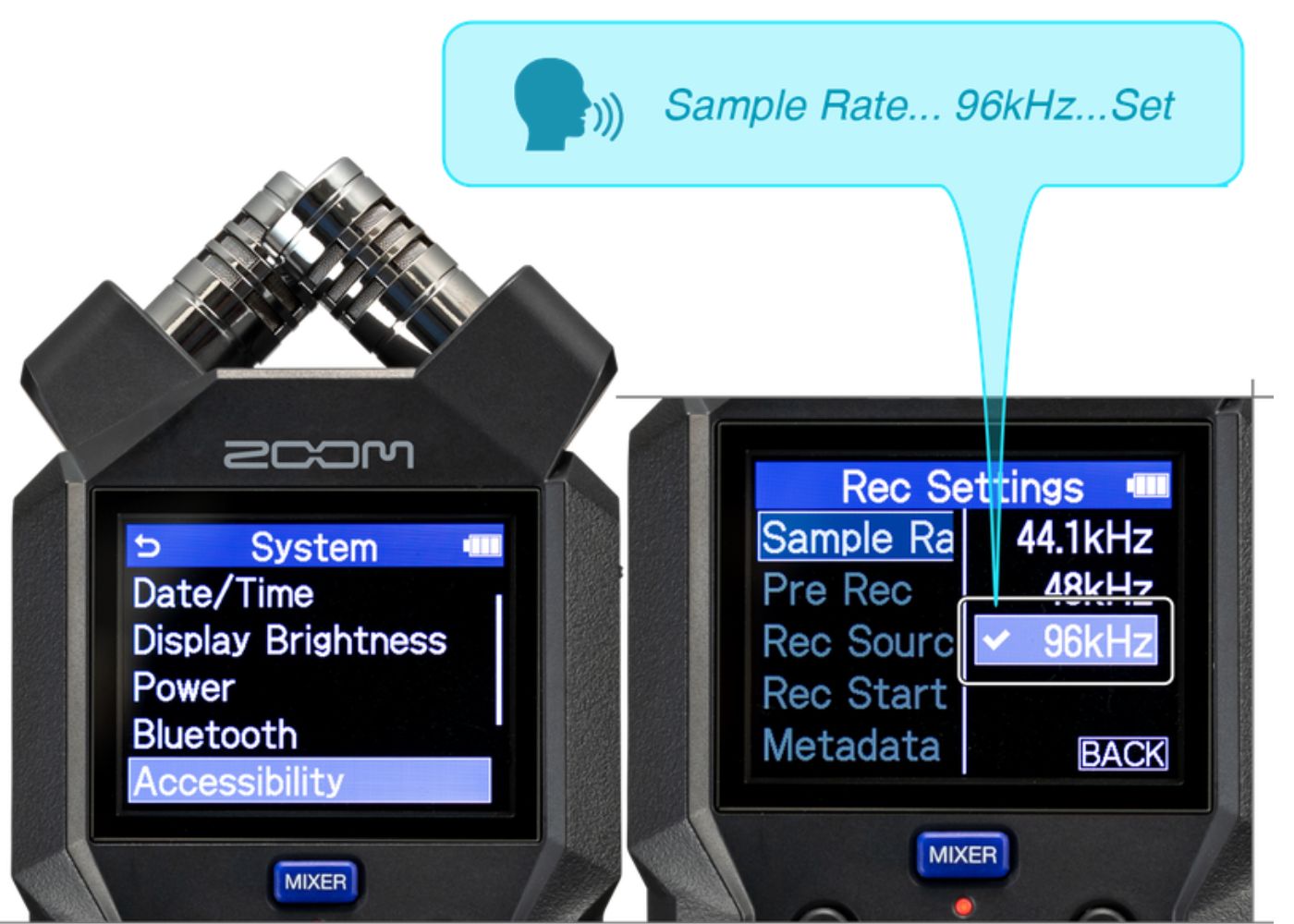
The Essential Series was designed with Accessibility for the blind and visually impaired. Navigate the menu with audible descriptions through the built-in speaker or headphones. Creators can choose English, Spanish, French, Japanese, German, Italian or Chinese.*

* To use a language other then English, please visit Support and Downloads.
Ellis Hall | Singer, Songwriter and multi-instrumentalist
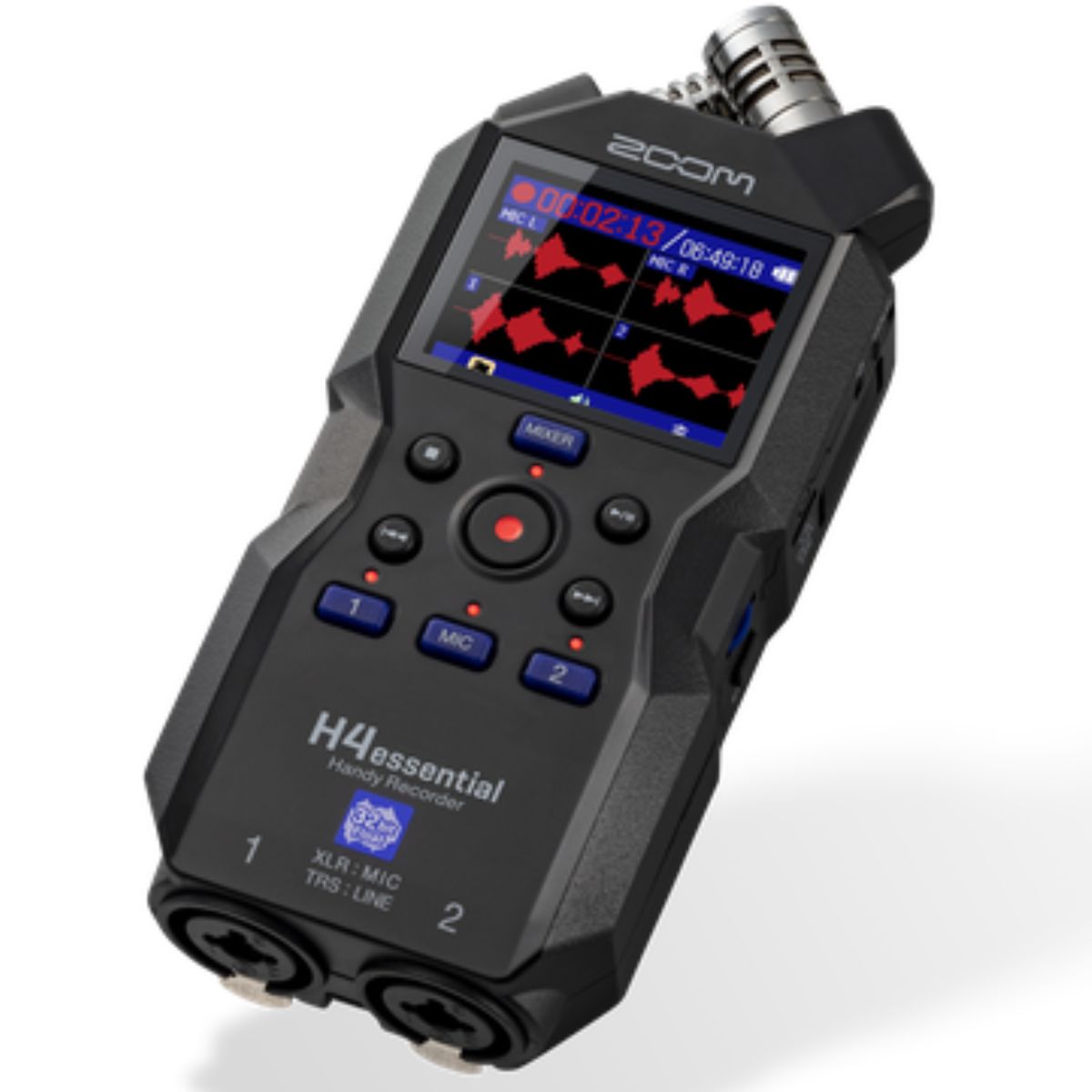
Sound Pressure Level
The 2 XLR/TRS combo inputs feature Zoom’s ultra-clean preamps that supports phantom power and +4dBu professional line level input. The onboard X/Y microphones can capture sound up to a thunderous 130 dB SPL, equivalent to a rock concert
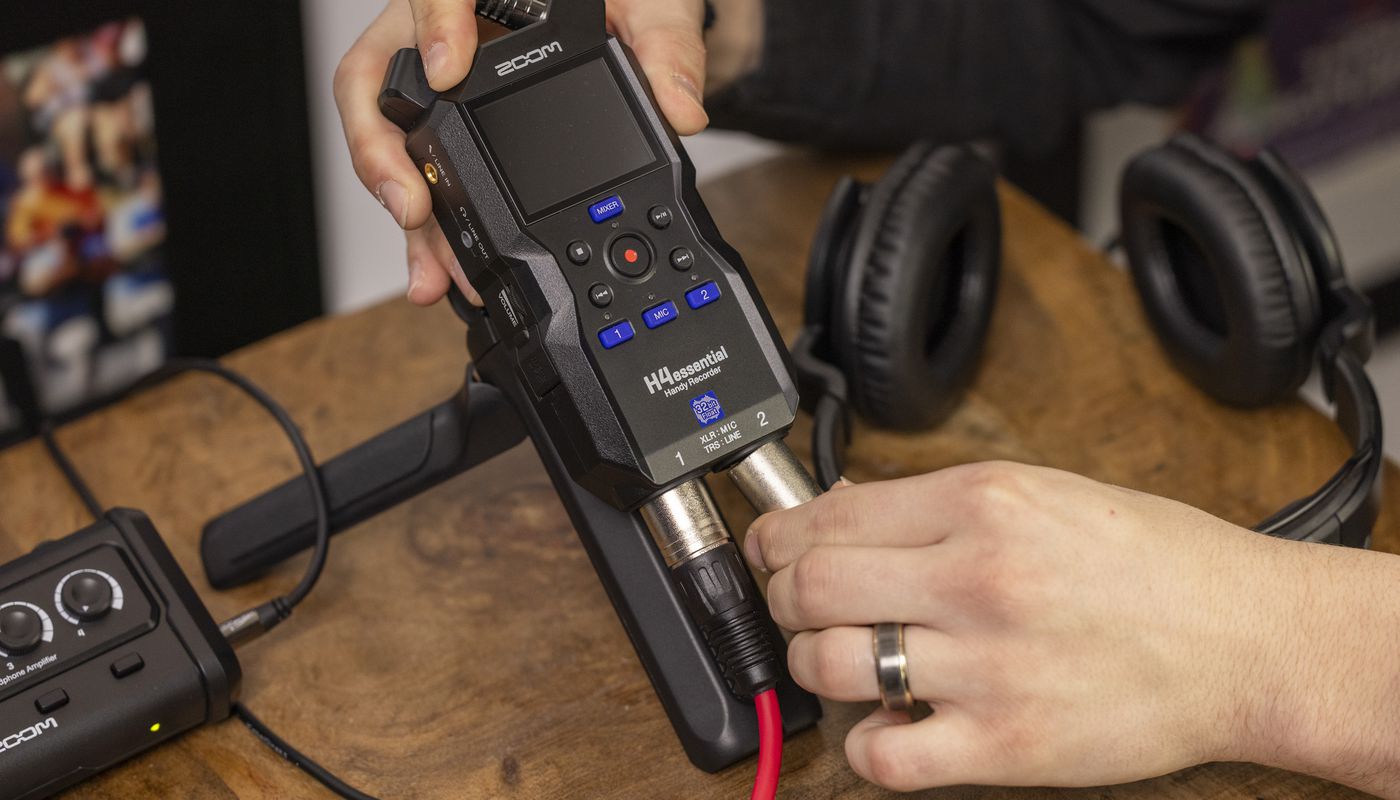
Record and Stream
Stream in 32-bit float while simultaneously recording to an SD card. When connected to a PC, Mac, iOS, or Android device using the USB-C port, the H4essential can be used as a 4-in/2-out audio interface.
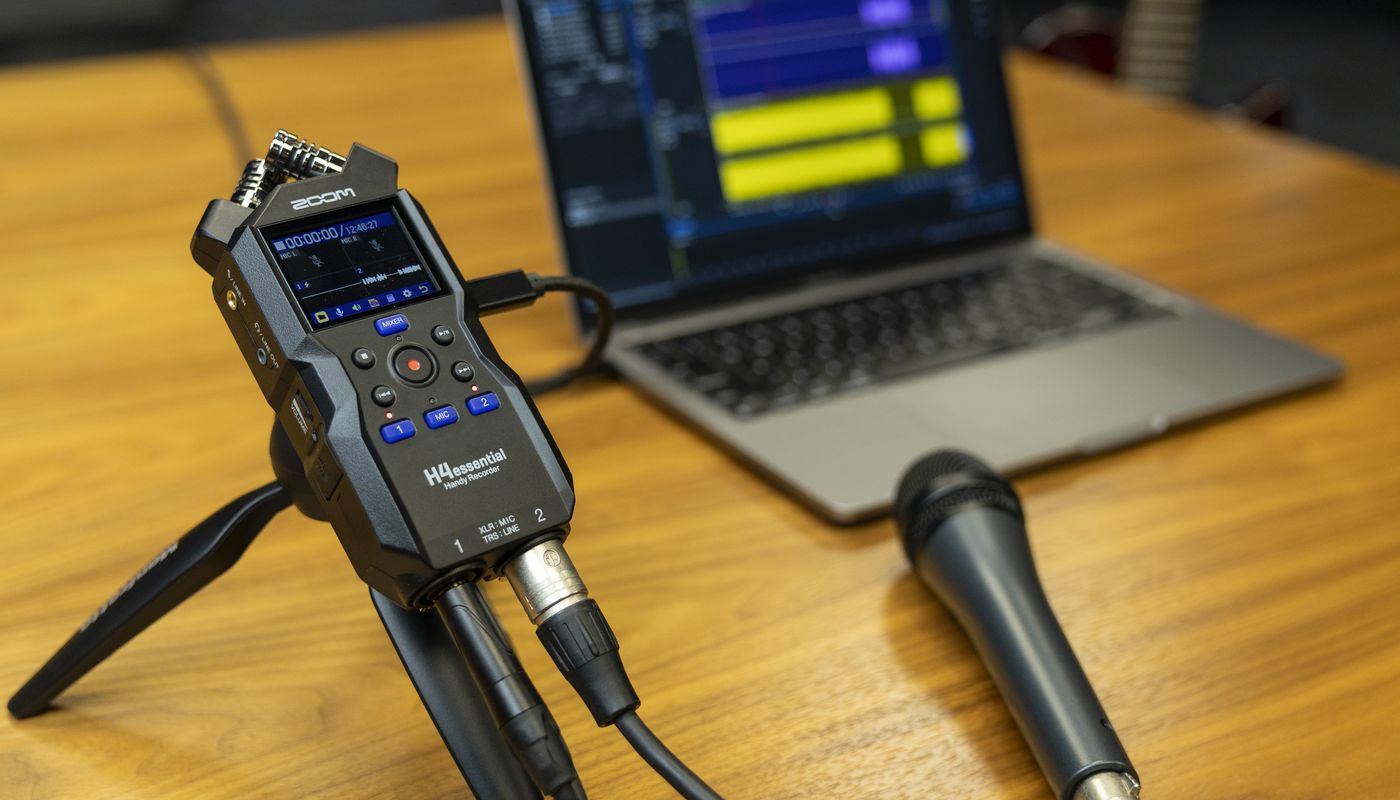
Mix. Monitor. Record.
Use the built-in mixer to easily adjust each track’s audio level. It also has a waveform display so you can see your audio as it records.
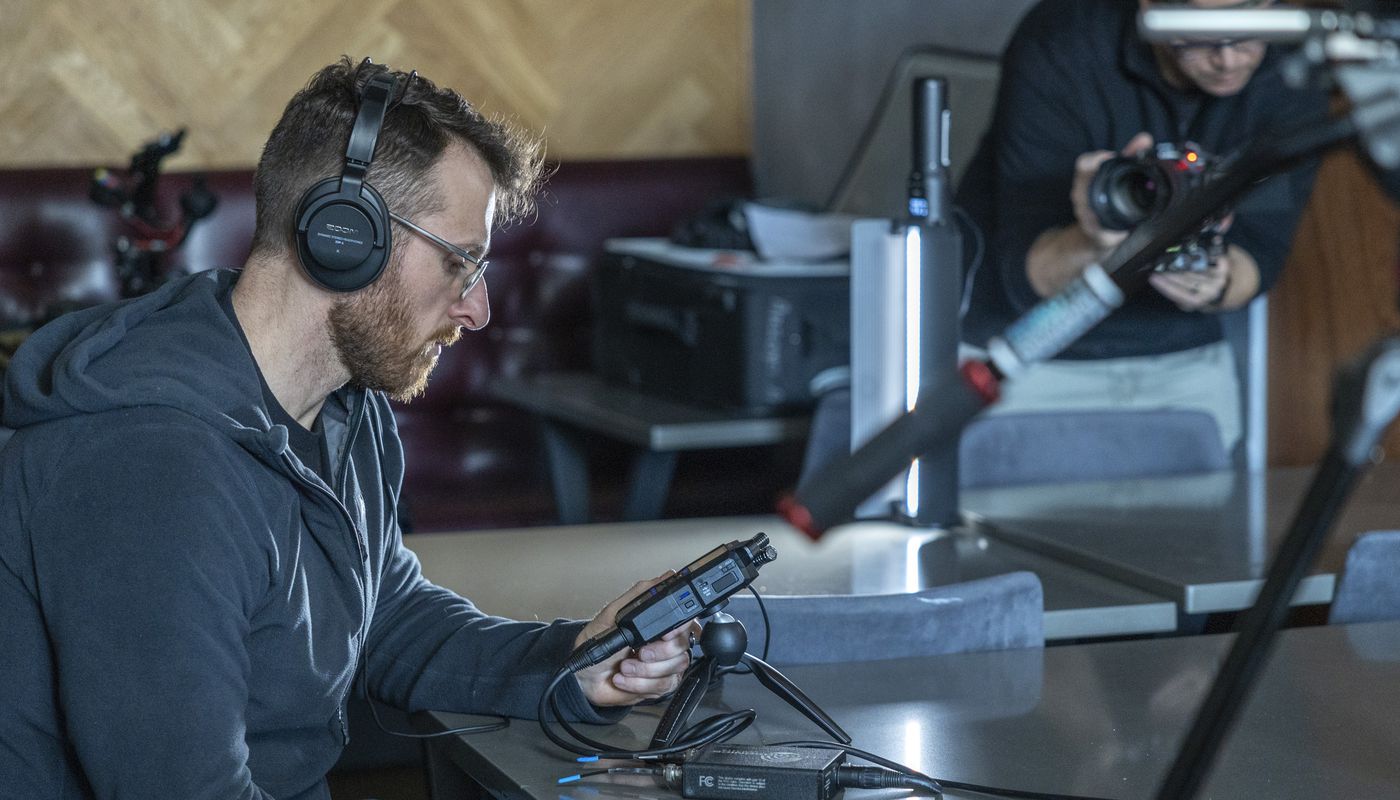
Big Stage Sound For Musicians
The H4essential is perfect for recording music. With 2 XLR/TRS inputs and the stereo X/Y microphones it's easy to record live shows, rehearsals and songs.
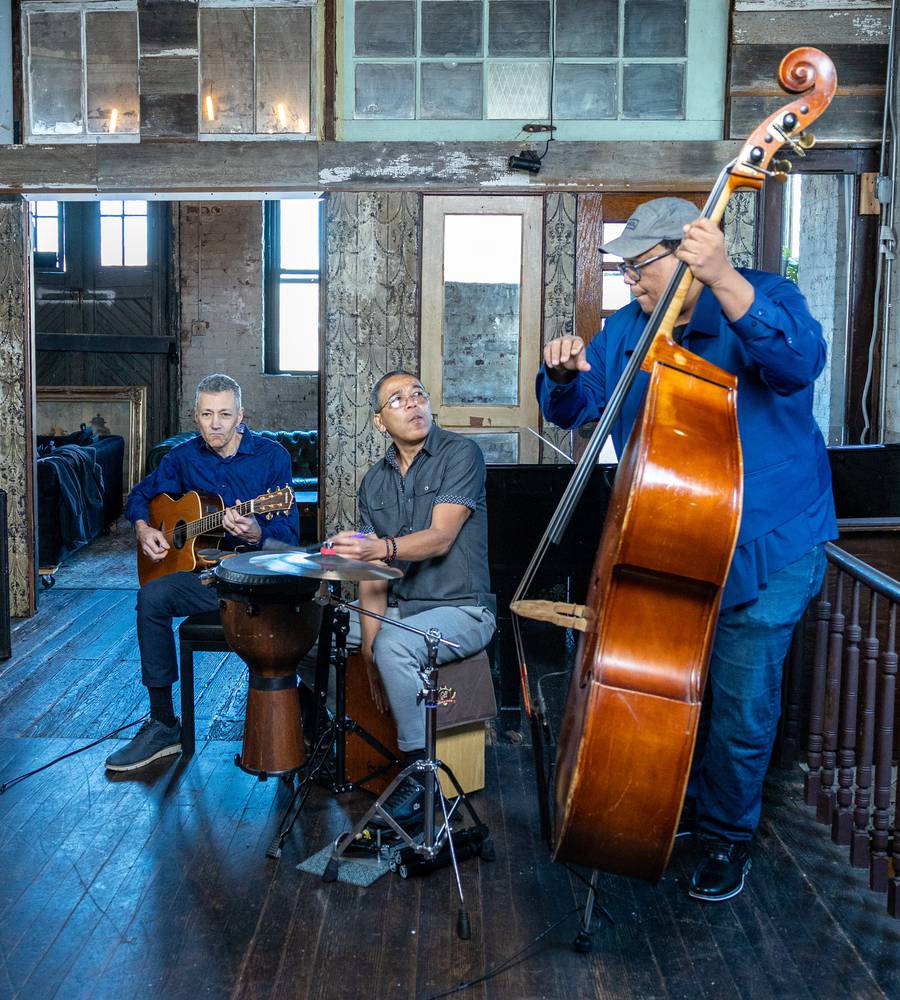
Location Sound
The XLR inputs can be used to capture on-set dialogue and audio for sound design. The onboard X/Y microphones are perfect for recording ambience.
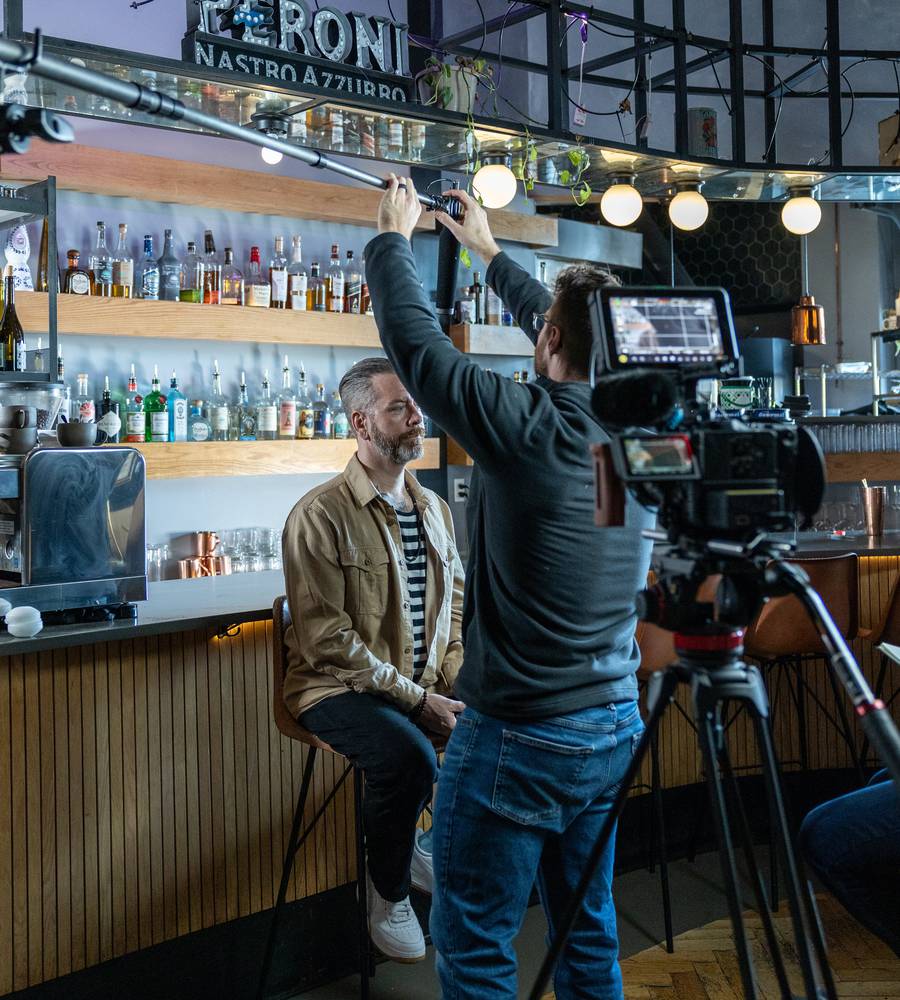
For Interviews and Podcasts
Podcasters can use the H4essential’s XLR inputs with external mics for one-on-one conversations and the X/Y mics for interviews on-the-go.
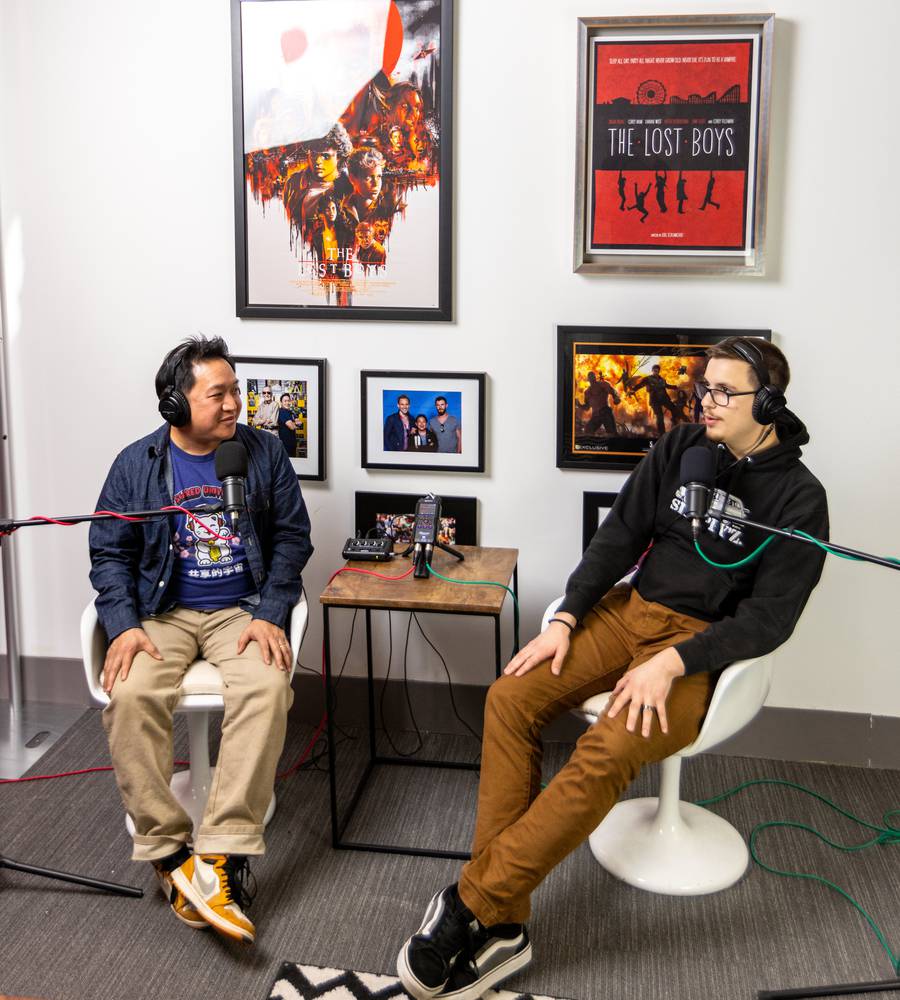
Introduction to 32-bit float recording technology
There's a lot of buzz about 32-bit float recording technology. It not only gives you consistently clear audio, a simplified setup and unprecedented editing flexibility, but it also eliminates the need for a gain knob.
Zoom is one of the first companies to implement 32 bit-float into a variety of portable audio recording devices because we see this technology as a true game-changer– but you might be wondering how it works and if it’s worth using in your audio setup.
Here is a brief crash-course on 32-bit float that can help you determine if it’s right for you and your work.
Understanding Bit Depth and Digital Distortion:
To best understand 32-bit float, let’s start with the problem it solves: Audio distortion caused by volume, like clipping or white noise. Anyone who has worked in audio has likely had an otherwise solid recording ruined by unwanted digital noise. This can be caused by anything from a singer unexpectedly jumping in volume (and clipping), to an actor speaking too quietly in a scene (and causing extra noise if you turn them up in post).
The reason why digital audio distortion occurs in the first place comes down to sample rate and bit depth. When you’re recording with a computer, your digital audio workstation (DAW) software takes the initial analog signal and breaks it down into many snapshots (samples) in order to convert it to a digital signal. Sample rate tells you how many samples your DAW is capturing every second; the higher the sample rate, the more true-to-life your recordings will sound. For example, a 44.1kHz sample rate––standard digital CD quality––means your DAW is producing 44,100 samples per second when recording.
Bit depth, meanwhile, tells you how much data space (measured as bits) is available within each sample. Each bit can hold a certain number of units called amplitude values, which determines the available dynamic range for a given audio file. For example, 8-bit audio––the bit depth of choice for the most iconic video games in the 80s and 90s––results in sounds that are flat and robotic since it only contains 256 possible amplitude values, while the industry-standard 24-bit format produces more lifelike audio using over 16 million available values.
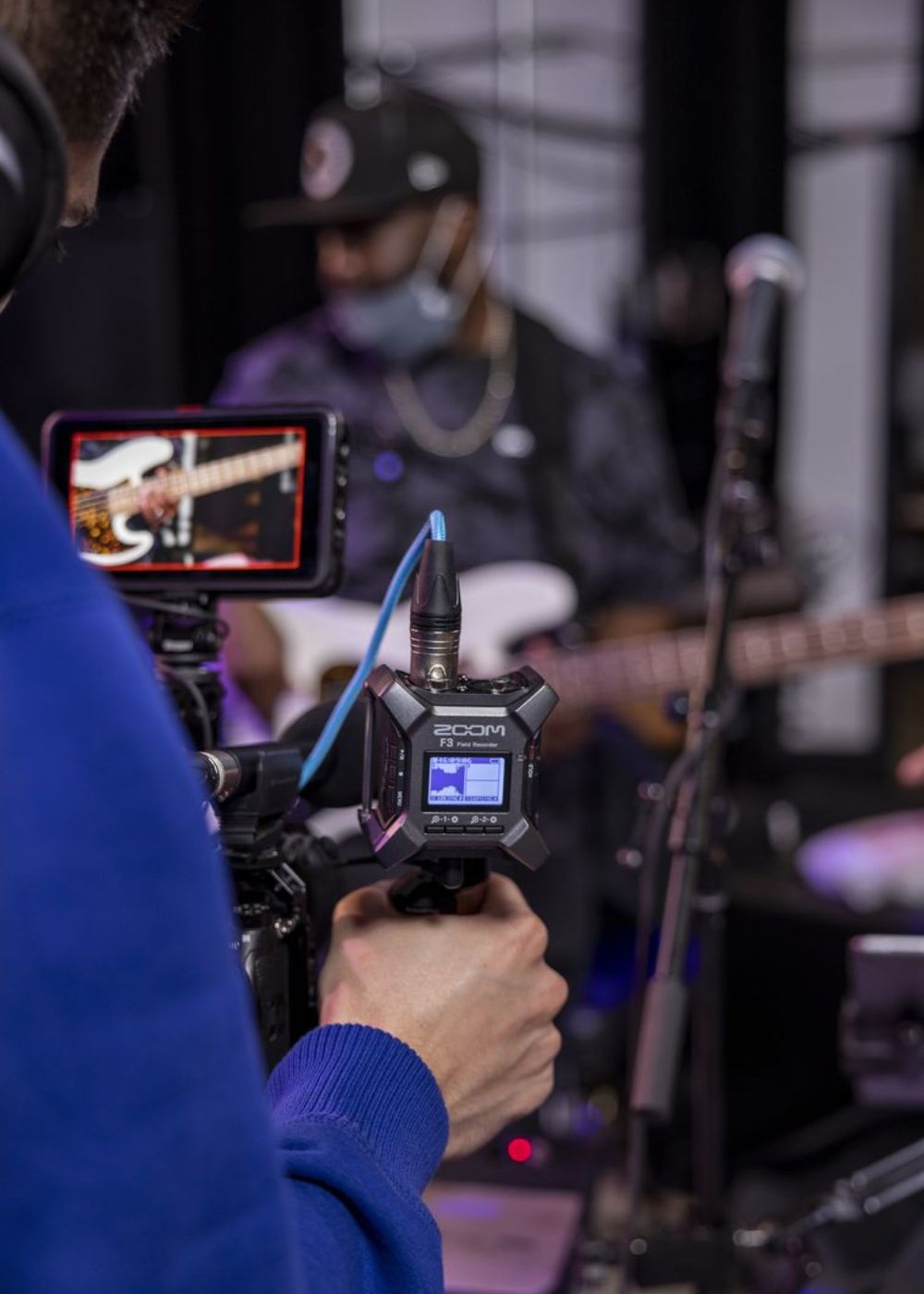
Challenges of Traditional Bit-Depth:
Having both high sample rate and bit depth results in more accurate analog-to-digital audio conversion, and in turn, higher-quality recordings. However, when a sound source hits a dB level outside of a given bit depth’s range, the analog signal won’t properly convert and the resulting audio file will contain irreversible digital distortion. Even though 24-bit audio offers a sizable dynamic range, you’ll still encounter some common limitations. Something as simple as an extra loud snare drum hit can cause your audio to clip or distort. On the other hand, an actor suddenly whispering can result in audio so low that it cannot be recovered in post.
Usually the solution to overly loud or quiet audio starts with adjusting the gain, which increases or decreases your input signal so that your audio stays within the available dynamic range. Even if you adjust your gain in soundcheck, there’s still a certain degree of unpredictability: a singer suddenly jumps in volume, a car engine revs louder than expected, an actor accidentally projects their line away from the mic, and so on.
While you can “ride” the gain knob and adjust in real time, this requires constant attention which can distract you from other aspects of the production. Plus, in scenarios where you have only one shot to get the recording, like a live broadcast or an elaborate film stunt, trying another take due to bad audio simply isn’t an option.
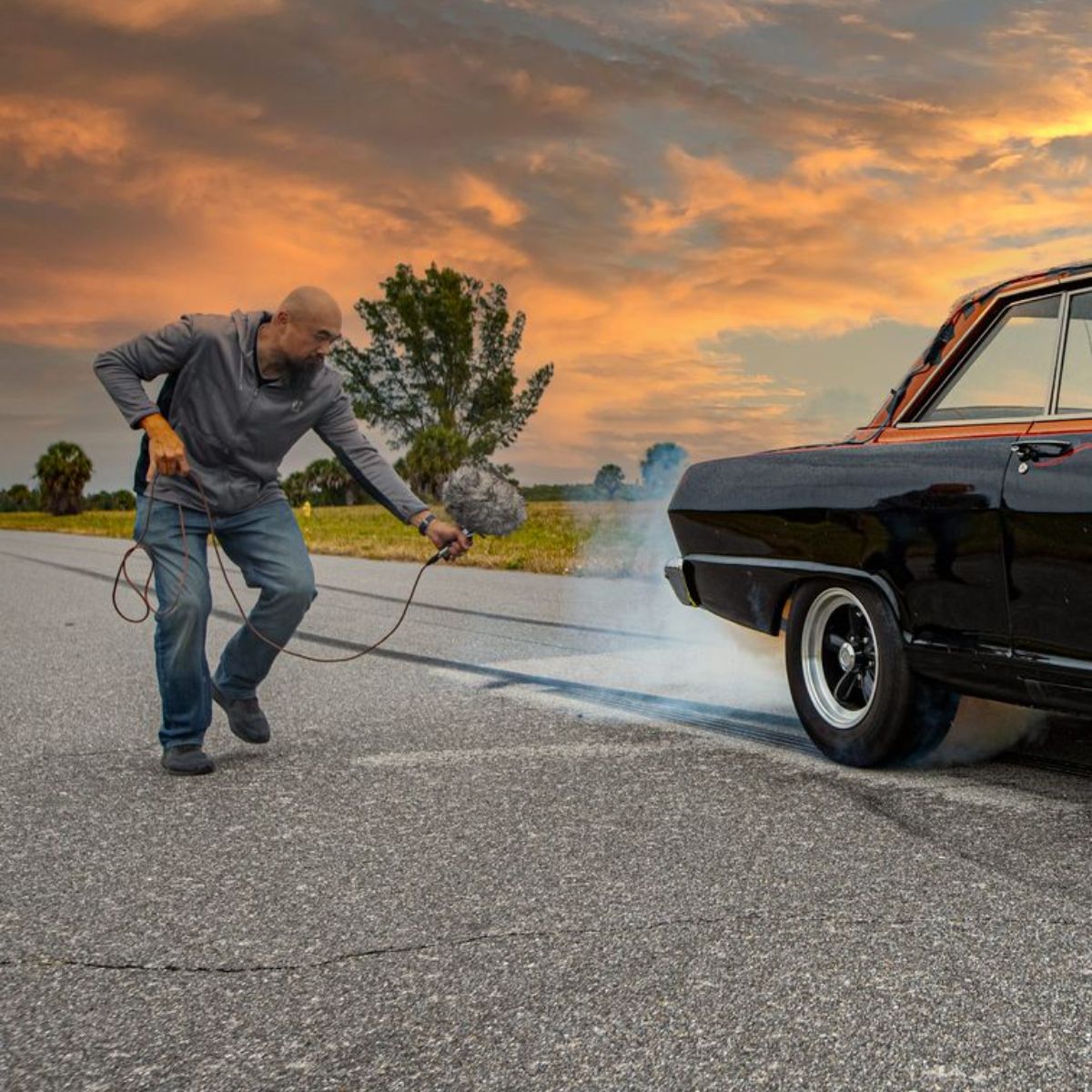
How 32-bit Float Works:
The solution to clipped and distorted audio is a larger dynamic range, and 32-bit float offers that in spades. It contains over 4 billion amplitude values, resulting in a dynamic range louder than anything found on earth. In other words, everything from whispers to explosions (and virtually anything that you’d encounter on set) falls well within its dynamic range.
With 32-bit float, you’ll never need to set gain or adjust levels on-the-fly, allowing you to record easier and faster than ever before. Whether you’re working in the studio, on a film lot, or if you’re out in the field, you can just set up your mics and hit “record.” 32-bit float audio files do take up about 33% more storage than 24-bit files––but that’s a small trade-off for a world of difference.
An important note: When you listen back to your 32-bit float audio on your recording device or upload your files to a DAW, you may still see and hear some distortion on your recordings. The true power of 32-bit float technology becomes clear in post-production when you enlarge or reduce the captured waveforms by adjusting the gain on the file.
Clipping on audio files with smaller bit depths is irreversible because there is no data beyond the flattened peaks––the dynamic range was maxed out, so your recording device couldn’t properly convert your analog signal. With 32-bit float, however, all of that data is there and is fully recoverable. While editing within your DAW, you can adjust your waveforms to ensure that your flattened peaks become balanced. Similarly, you can bring up the waveforms for quiet audio without increasing white noise in the process.
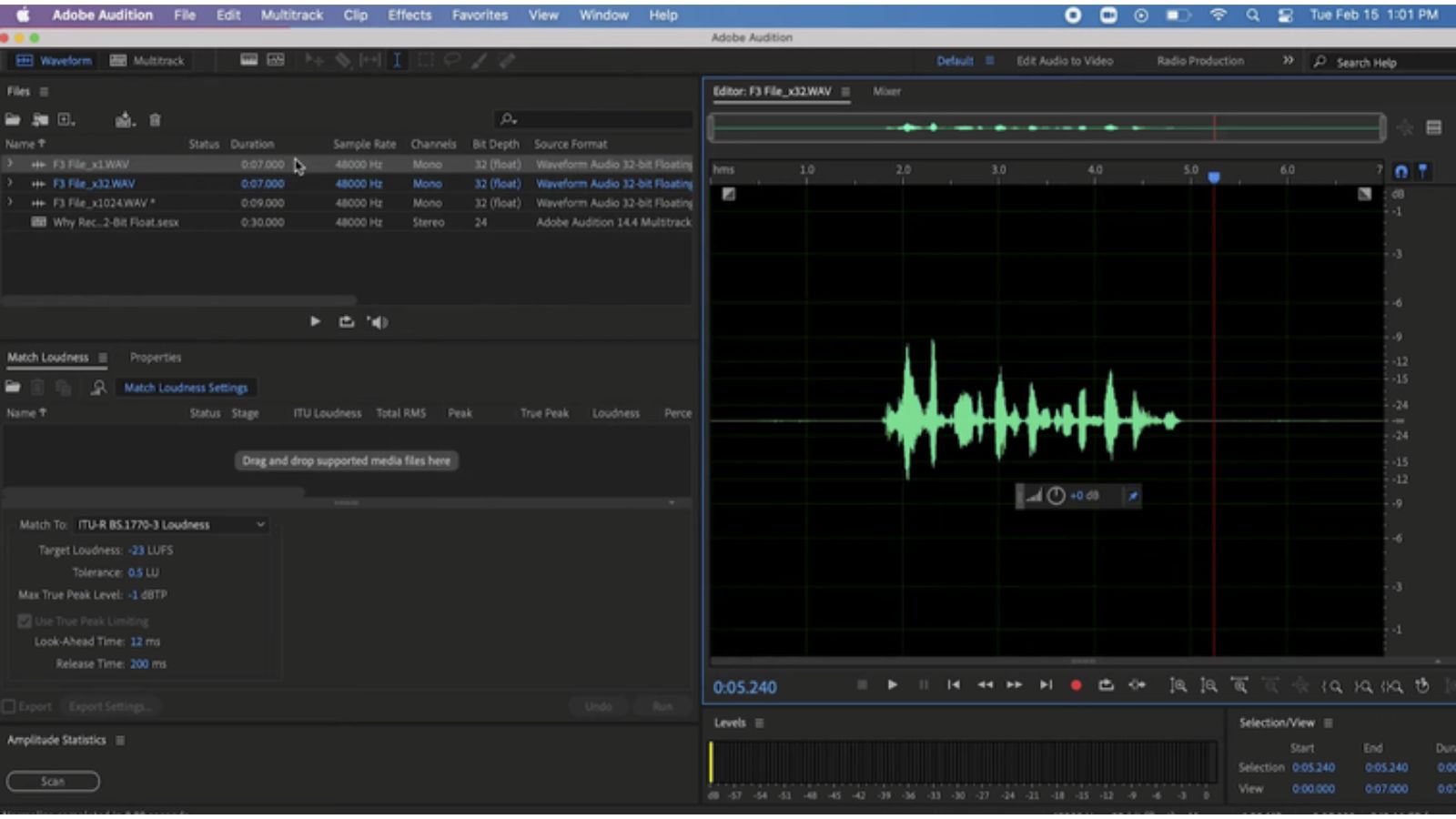
Here are some scenarios where 32-bit float can compliment your audio setup:
-
You’re on a film set and you need the dialogue between your two leads in a dynamic scene. Regardless of any changes in voice volume, 32-bit float captures each word without clipping. You’ll also be able to bring up the volume of any quiet dialogue without losing clarity.
-
You’re recording a band live in the studio and the guitarist hits a note that’s significantly louder than the rest of his part. Other than that one spike, the recording is clean, so the band wants to use that take. In 24-bit, you may have gain set too high and spikes can cause clipping. But with 32-bit float, the recording would be clean.
-
You’re a sound designer trying to capture the sounds of a car engine as realistically as possible, which naturally involves sticking a recording device up close to a running engine. You won’t be able to monitor the recording because you cannot stay in the car with the recorder. 32-bit float lets you adjust any unexpected spikes in sound (roars, pops, revs, etc.) in post so that your engine sounds are loud, detailed, yet not clipping.
- You’re splicing together two vocal takes, but the voice artist stood slightly further from the mic in one take. Thankfully, 32-bit float lets you balance the two waveforms for seamless, distortion-free comping.
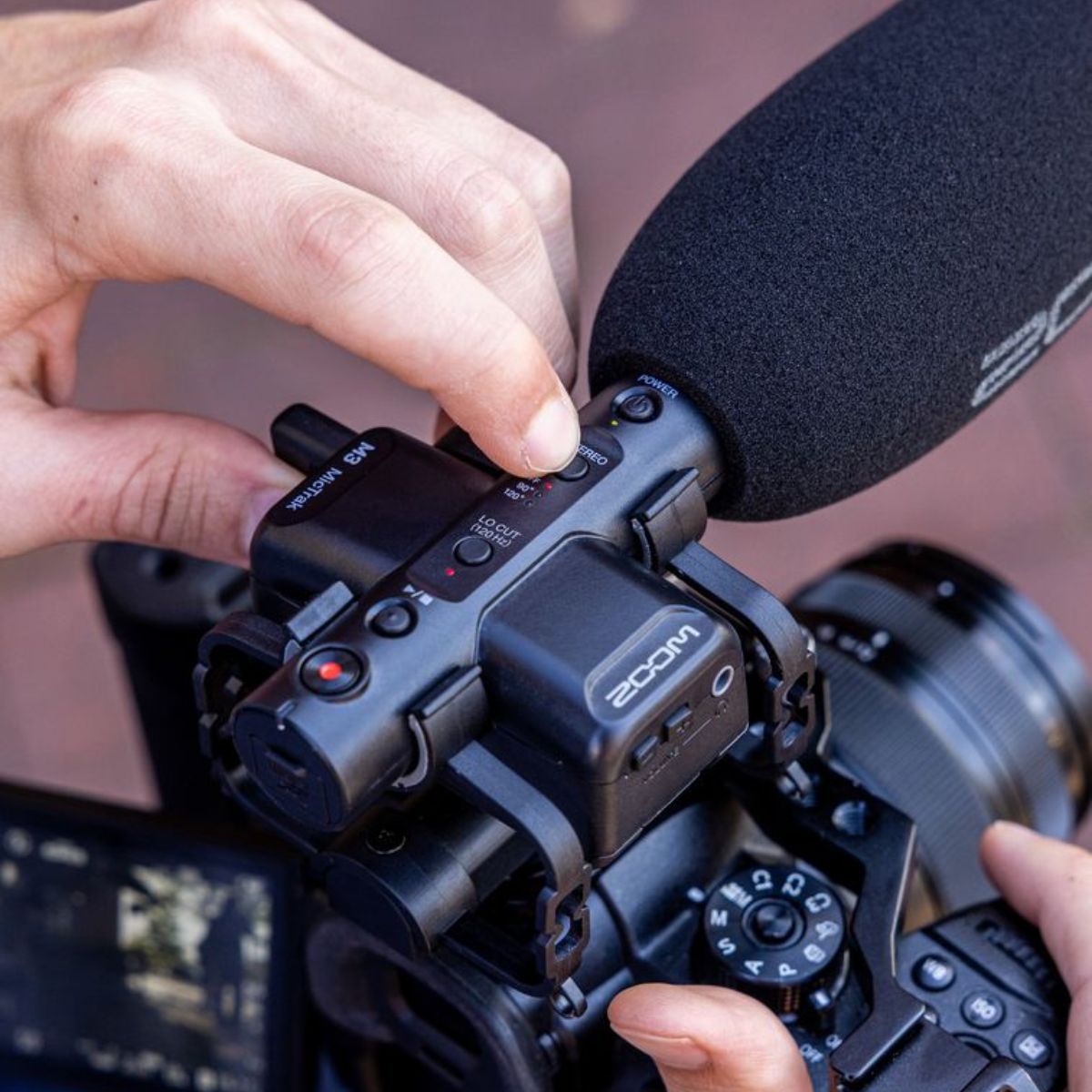
Zoom Products With 32-Bit Float:
Zoom offers several different recorders with 32-bit float technology.
These products do not have a gain knob because you don’t need one. However, there are still options for real-time volume adjustments––the main difference being that, unlike gain, these settings are reversible in post-production and won’t affect the amount of data contained within your audio files.
Check out the rest of our website to find out which Zoom product with 32-bit float is right for you.
Field Recorders:
MicTrak Recorders:
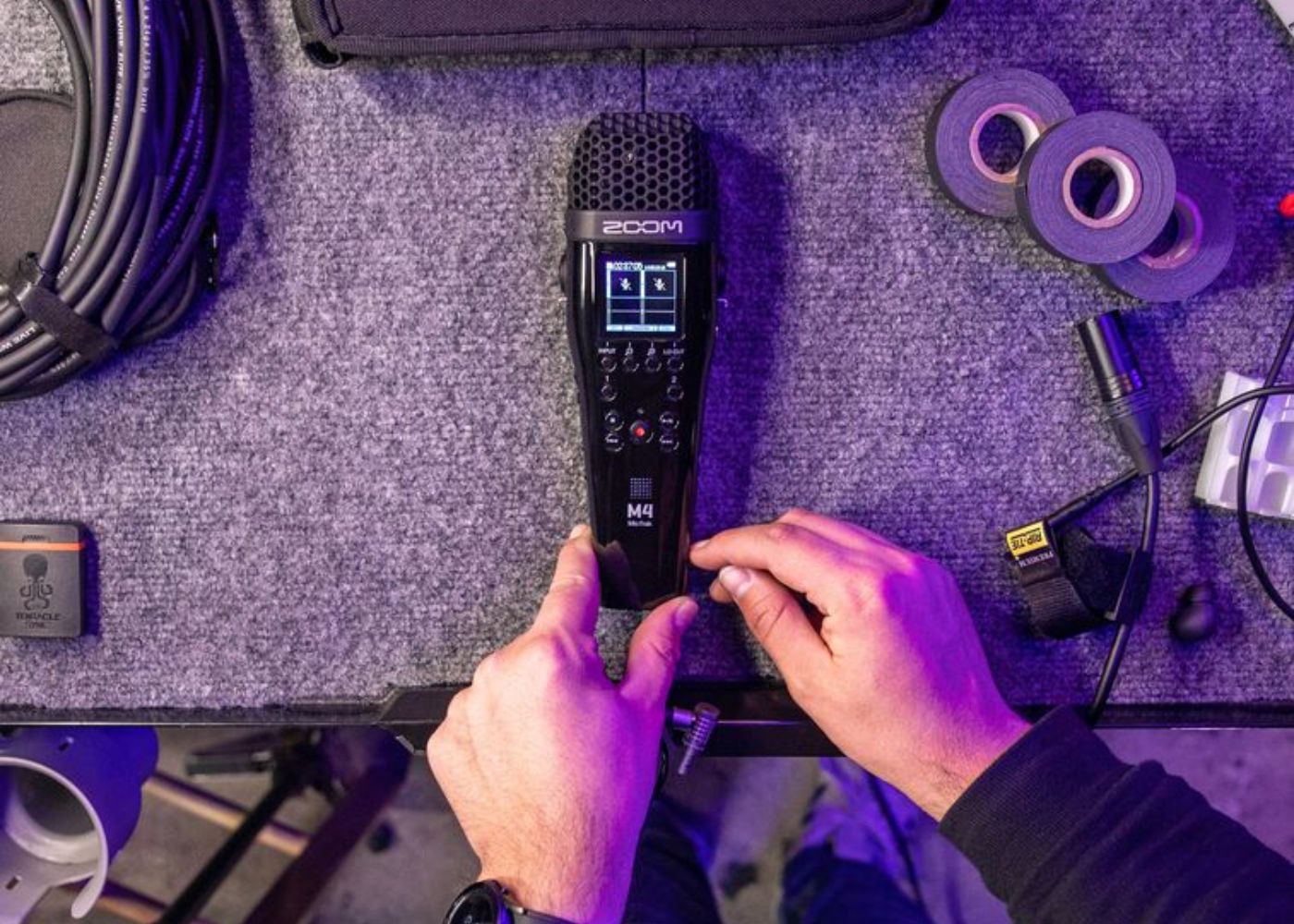
Specs
INPUT AND OUTPUT CHANNELS
Inputs Built-in mic (stereo) 1
XLR/TRS 2
MIC/LINE IN 1
Outputs Headphones 1
Built-in speaker (mono) 1
INPUTS
Built-in mic 90º XY stereo format
Directionality Unidirectional
Sensitivity –43 dB/1 Pa at 1 kHz
Maximum sound pressure input 130 dB SPL
INPUT1-2 Connector XLR/TRS combo jacks ×2
(XLR:2 HOT TRS:TIP HOT)
Input gain Adjustment unnecessary
Input impedance MIC: 3.8 kΩ or more
LINE: 39 kΩ or more
Maximum input level MIC: +4 dBu
LINE: +24 dBu
Phantom power +48 V
Channel total 10 mA or less
Equivalent input noise MIC: -120 dBu or less(IHF-A) @150 Ω input
LINE: -95 dBu or less(IHF-A) @600 Ω input
MIC/LINE IN Connector Stereo mini jack
(supports plug-in power) Input gain Adjustment unnecessary
Input impedance 2 kΩ or more
OUTPUTS
Headphones Connector Stereo mini jack
Maximum output level 20 mW + 20 mW(into 32 Ω load)
Output impedance 15 Ω or less
Built-in speaker Type 20 x 30mm elliptical dynamic speaker
Effective maximum output 250mW
RECORDER
Maximum simultaneous recording tracks 4
Maximum simultaneous playback tracks 4
Recording formats WAV
44.1/48/96 kHz,
32-bit float mono/stereo
BWF and iXML formats supported
Recording media 4-32GB cards compatible with the microSDHC specification
64GB–1TB cards compatible with the microSDXC specification
DISPLAY
2.0-inch full-color LCD 360 x 240
USB
Connector USB Type-C
• Use a USB cable that supports data transfer.
Audio Interface USB 2.0 High Speed
Input and output channels 4 in / 2 out (Multi)
2 in / 2 out (Stereo)
Sampling frequency 44.1/48/96 kHz (AIF only)
44.1/48 kHz (AIF + onboard recording)
Bit depth 24-bit, 32-bit float
File transfer USB 2.0 High Speed
REMOTE
DEDICATED WIRELESS ADAPTER ZOOM BTA-1
POWER
2 AA batteries Alkaline, lithium or rechargeable NiMH batteries
AC Adapter ZOOM AD-17:DC 5V / 1 A
• USB bus power is supported.
ESTIMATED CONTINUOUS OPERATION TIMES USING BATTERIES : 2-track recording (built-in XY mic)
Alkaline batteries About 9 hours
NiMH batteries (1900 mAh) About 9 hours
Lithium batteries About 19 hours
48 kHz/32-bit float, phantom power off, no headphones, no remote, display power saving on, display brightness at Medium
• These values are approximate.
• Continuous battery operation times were determined using in-house testing methods. They will vary greatly according to use conditions.
ESTIMATED CONTINUOUS OPERATION TIMES USING BATTERIES : 4-track recording (built-in XY mic with INPUT 1-2)
Alkaline batteries About 2 hours 30 minutes
NiMH batteries (1900 mAh) About 4 hours
Lithium batteries About 8 hours
48 kHz/32-bit float, phantom power off, headphones used (33Ω load), no remote, display power saving on, display brightness at Medium
• These values are approximate.
• Continuous battery operation times were determined using in-house testing methods.They will vary greatly according to use conditions.
ESTIMATED CONTINUOUS OPERATION TIMES USING BATTERIES : 4-track recording (plug-in power mic with INPUT 1-2)
Alkaline batteries About 40 minutes
NiMH batteries (1900 mAh) About 1 hour 30 minutes
Lithium batteries About 3 hours 30 minutes
48 kHz/32-bit float, phantom power off, headphones used (33Ω load), no remote, display power saving on, display brightness at Medium
• These values are approximate.
• Continuous battery operation times were determined using in-house testing methods. They will vary greatly according to use conditions.
Power consumption 3 W maximum
Dimensions 66.9 mm (W) × 156.1 mm (D) × 38.0 mm (H)
Weight (including batteries) 243 g
Note: 0 dBu = 0.775 Vrms
You may also like…

Need Help Choosing?
Get in touch with a member of our team
Contact a member of our dedicated customer service team, and we will be happy to help you choose the right instrument for your needs.
Or text “Waltons Callback” with a short description of your query and a member of staff will call you as soon as possible to assist.
Can’t Get Through? Please see our list of contact numbers below
Head Office: 01 8207425
Blanchardstown Store: 01 9603232
Online Sales, Customer Service & Product Queries:
Niall: 087 2267740
Fiona: 086 0284929


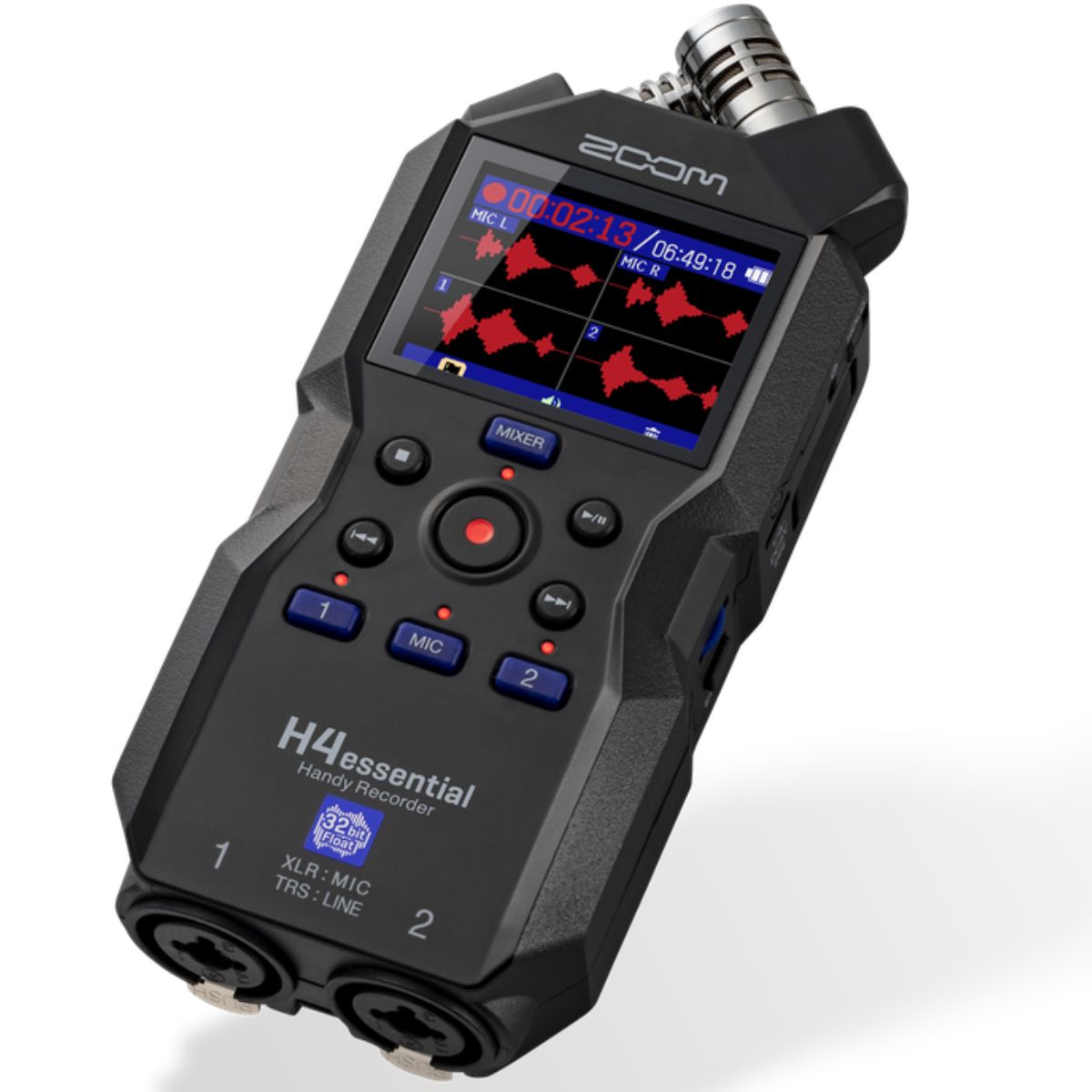

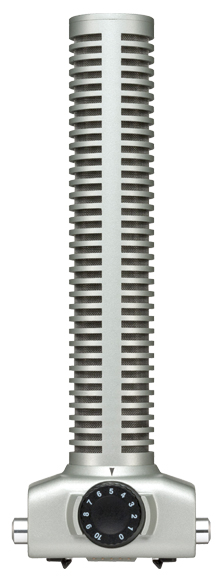
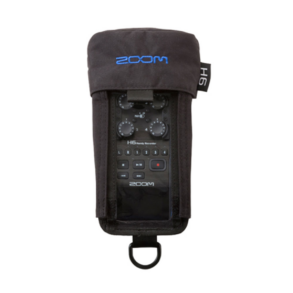
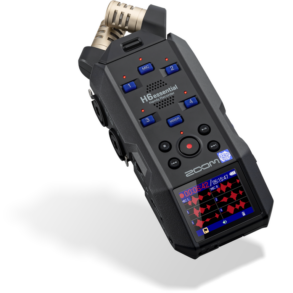
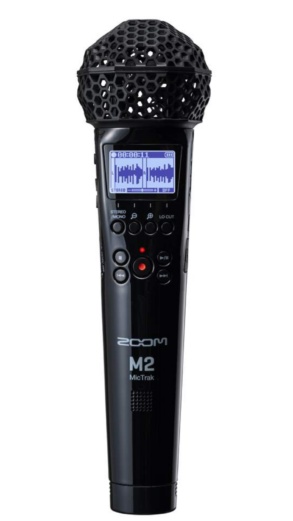
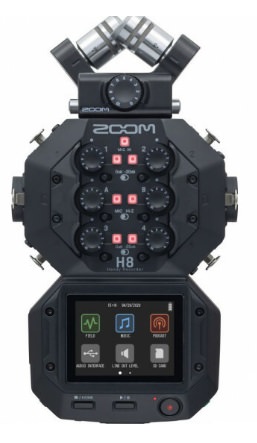
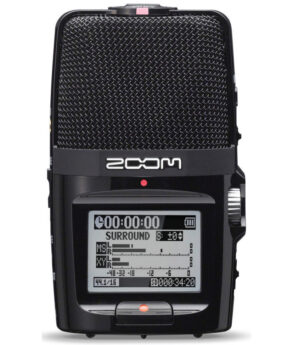
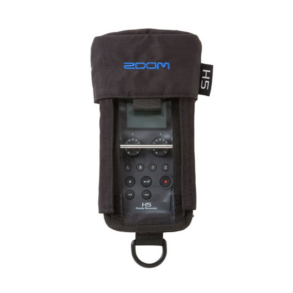
You must be logged in to post a review.